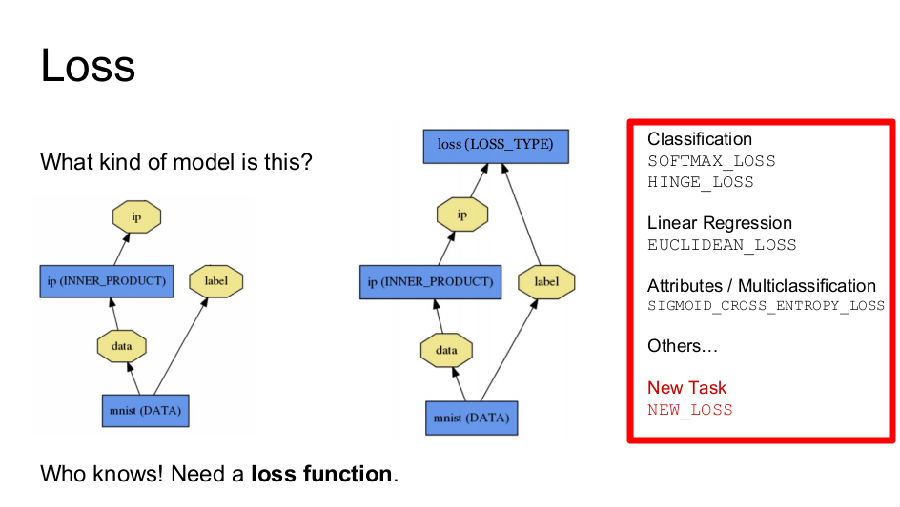

The receptive fields of different neurons partially overlap such that they cover the entire visual field.ĬNNs use relatively little pre-processing compared to other image classification algorithms. Individual cortical neurons respond to stimuli only in a restricted region of the visual field known as the receptive field. Ĭonvolutional networks were inspired by biological processes in that the connectivity pattern between neurons resembles the organization of the animal visual cortex. Therefore, on a scale of connectivity and complexity, CNNs are on the lower extreme. This hierarchical approach allows CNNs to efficiently learn complex patterns in data, while minimizing the risk of overfitting. As the network progresses through the layers, these features are combined and assembled into more complex patterns, allowing the network to learn increasingly abstract representations of the input. These filters are applied to different regions of the input to extract the relevant information. Instead of trying to process the entire image or input at once, CNNs break it down into smaller, simpler features, which are represented by filters. Meaning, CNNs utilize the hierarchical structure of the data they are processing. CNNs take a different approach towards regularization: they take advantage of the hierarchical pattern in data and assemble patterns of increasing complexity using smaller and simpler patterns embossed in their filters. Typical ways of regularization, or preventing overfitting, include: penalizing parameters during training (such as weight decay) or trimming connectivity (skipped connections, dropout, etc.) Developing robust datasets also increases the probability that CNNs will learn the generalized principles that characterize a given dataset rather than the biases of a poorly-populated set. The "full connectivity" of these networks make them prone to overfitting data. Multilayer perceptrons are usually fully connected networks, that is, each neuron in one layer is connected to all neurons in the next layer. ĬNNs are regularized versions of multilayer perceptrons. Counter-intuitively, most convolutional neural networks are not invariant to translation, due to the downsampling operation they apply to the input. ĬNNs are also known as Shift Invariant or Space Invariant Artificial Neural Networks ( SIANN), based on the shared-weight architecture of the convolution kernels or filters that slide along input features and provide translation- equivariant responses known as feature maps. They have applications in image and video recognition, recommender systems, image classification, image segmentation, medical image analysis, natural language processing, brain–computer interfaces, and financial time series. They are specifically designed to process pixel data and are used in image recognition and processing.

CNNs use a mathematical operation called convolution in place of general matrix multiplication in at least one of their layers. In deep learning, a convolutional neural network ( CNN) is a class of artificial neural network most commonly applied to analyze visual imagery.


 0 kommentar(er)
0 kommentar(er)
